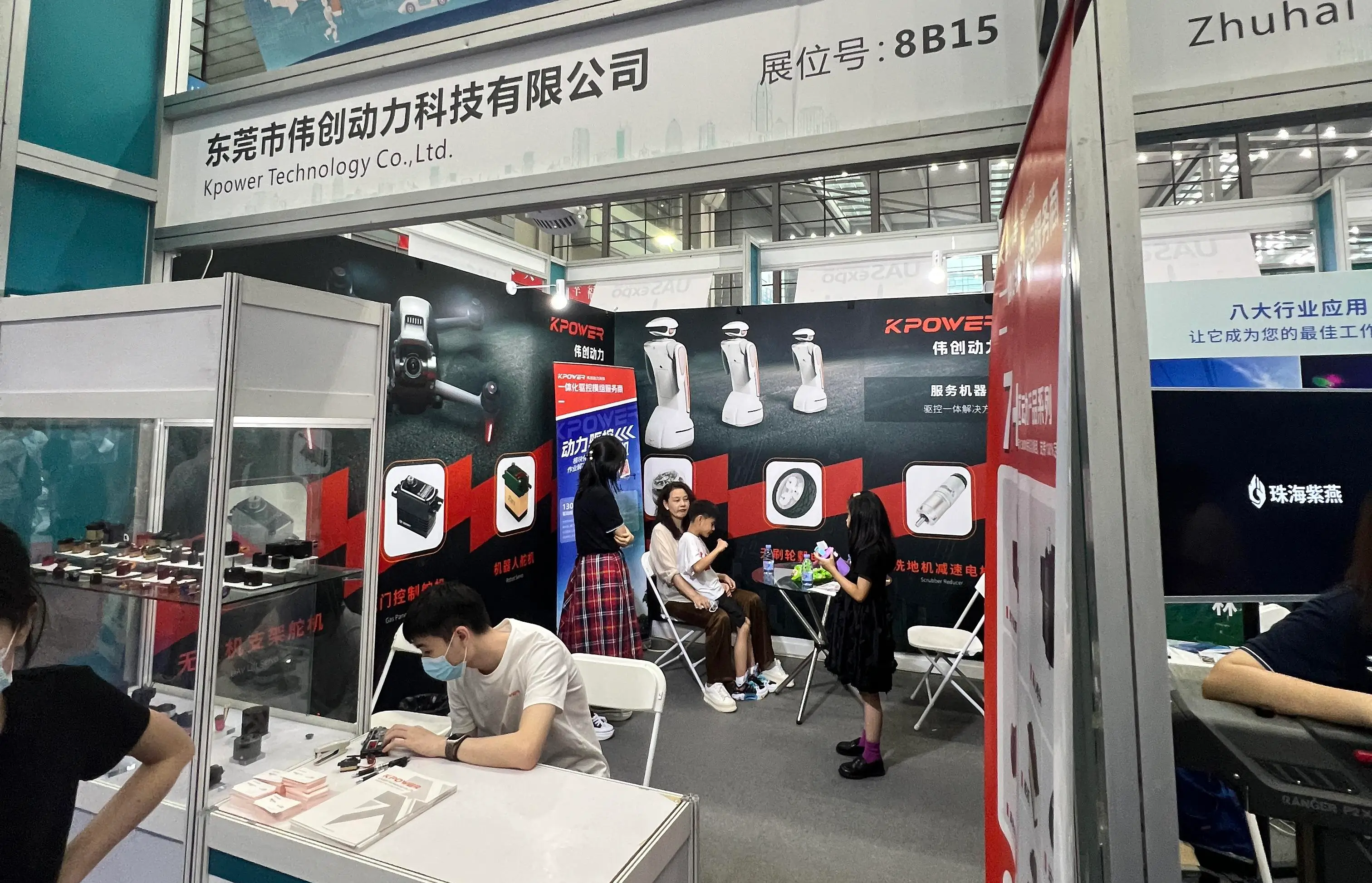Sure! Here's the first part of a captivating, attractive soft article on "Gear DC Motor with Encoder." Once you've reviewed, I can provide the second part.

In the rapidly evolving landscape of automation and robotics, the demand for precision, control, and reliability has never been greater. Among the key players enabling this technological revolution are gear DC motors with encoders—small but mighty components that bring sophistication and accuracy to countless devices and machinery. Whether it's a robotic arm assembling tiny electronics, an automated conveyor belt sorting products, or a sophisticated camera lens adjusting itself with pinpoint accuracy, gear DC motors paired with encoders are quietly powering this progress behind the scenes.
At a glance, a gear DC motor might seem like a simple motor—just a basic device that converts electrical energy into rotational movement. But when combined with a precise gear train and an encoder, it transforms into a highly controllable, precise, and adaptable actuator capable of meeting the demanding requirements of modern automation.
Understanding the core of gear DC motors with encoders
A gear DC motor is essentially a standard direct current motor that features an integrated gear train—often comprising several gear reductions—designed to modify the motor’s output characteristics. This gear train significantly increases torque while reducing speed, making the motor suitable for applications requiring high force and precise movement control.
The encoder, on the other hand, is a sensor attached to the motor shaft that continuously tracks the rotational position, speed, and direction of the motor. Think of it as the motor’s way of keeping a detailed log of every turn and twist—a vital feature for applications where control accuracy is non-negotiable.
Putting it together, a gear DC motor with an encoder becomes a potent combination, offering the high torque of gears and the real-time feedback of the encoder. This allows for closed-loop control systems—hence the term “servo motors”—that can adjust voltage and current dynamically based on the encoder's feedback, ensuring precise positioning and smooth operation.
Why does this matter?
In traditional DC motors, controlling their position or speed can be a challenge because they lack internal feedback mechanisms. Engineers often resort to open-loop systems, which are simple but prone to inaccuracies caused by load variations and mechanical wear. On the other hand, gear DC motors with encoders enable closed-loop control: they know exactly where they are and how fast they're moving, and they can automatically correct any deviations without human intervention.
This level of control is essential for applications requiring intricate movements or precise adjustments. Imagine a camera drone adjusting its gimbal to stabilize footage or a 3D printer printing complex designs without even a millimeter’s deviation—these are the kinds of tasks made possible through the use of gear DC motors with encoders.
Design aspects and variations
When selecting a gear DC motor with an encoder, understanding the key specifications is crucial. The gear ratios, for example, determine the balance between torque and speed. A higher gear ratio provides more torque but less speed, perfect for heavy-load applications, while a lower ratio maintains a higher speed suitable for swift, lighter tasks.
Encoders come in different types, primarily incremental and absolute. Incremental encoders count pulses as the shaft rotates, providing information on speed and relative position. Absolute encoders, however, give a unique position value upon startup, greatly simplifying the process of resuming operations after power loss. Manufacturers may also offer multi-turn encoders for even greater positional awareness.
The integration of these features into a compact, durable package makes gear DC motors with encoders suitable not just for industrial automation but also for consumer electronics, aerospace, medical devices, and more. The market offers a broad spectrum of options, allowing engineers and designers to tailor solutions specific to their application's needs.
Advantages of gear DC motors with encoders
One of the most compelling reasons to choose a gear DC motor with an encoder is the combination of high torque, precise control, and reliability. These motors deliver consistent performance even under variable loads and challenging environmental conditions.
Their ability to operate with closed-loop control systems enhances system stability, efficiency, and lifespan by minimizing mechanical strain and ensuring smooth motion. Plus, advances in encoder technology—such as higher resolution and longer lifespan—mean these systems are becoming even more accurate and durable.
Furthermore, integrating gear DC motors with encoders can simplify design architecture by reducing the need for additional sensors or complex control algorithms. Many modern motor controllers and development kits support these motors out of the box, enabling rapid prototyping and deployment.
Real-world applications
The versatility of gear DC motors with encoders is evident across industries. In robotics, they form the backbone of joint actuators, enabling precise arm movements and delicate manipulation tasks. In manufacturing, they are critical for CNC machines, pick-and-place robots, and automated guided vehicles (AGVs).
In the consumer realm, they find their way into camera stabilization systems, smart home gadgets, and even personal assistive devices. Autonomous vehicles utilize these motors for steering and throttle control, where accuracy and responsiveness are non-negotiable. Medical devices—such as surgical robots or laboratory automation tools—also benefit from the fine control these systems offer.
As industry standards continue to evolve, so too does the technology behind gear DC motors with encoders. Improving resolution, durability, and ease of integration means these motors are only going to become more indispensable in the future.
Next up:
In the second part, we will delve into the latest innovations in gear DC motor with encoder technology, practical considerations for selection and integration, common challenges and solutions, and future trends shaping this dynamic field.
Established in 2005, Kpower has been dedicated to a professional compact motion unit manufacturer, headquartered in Dongguan, Guangdong Province, China.




































